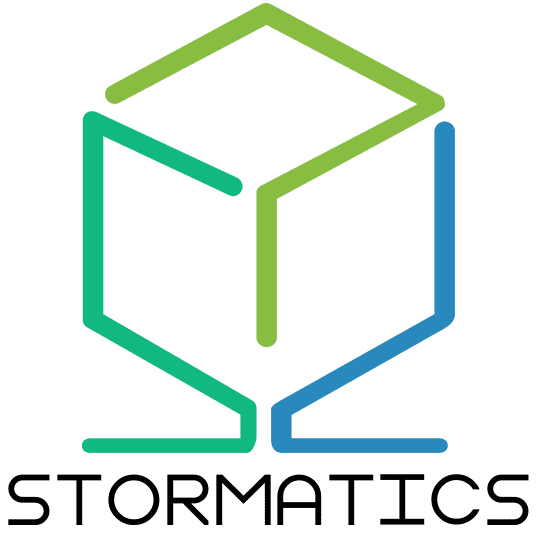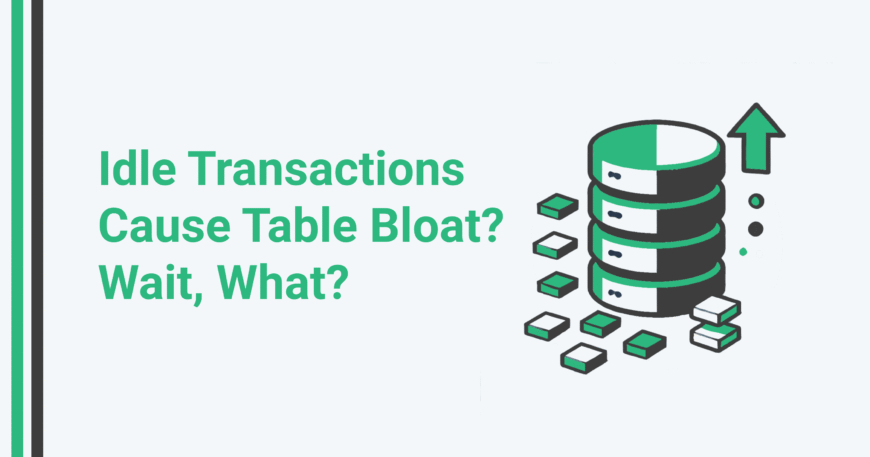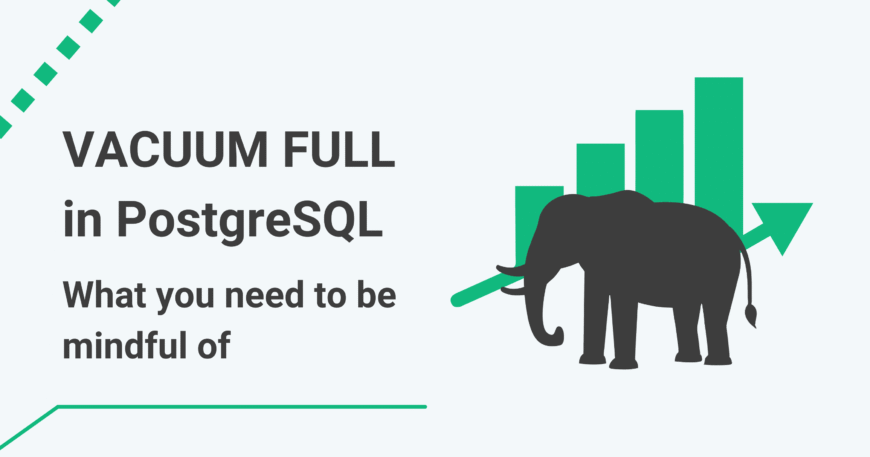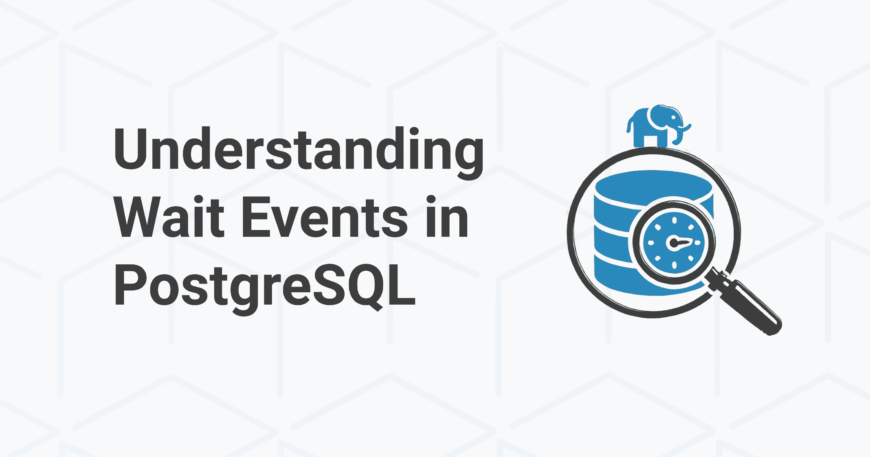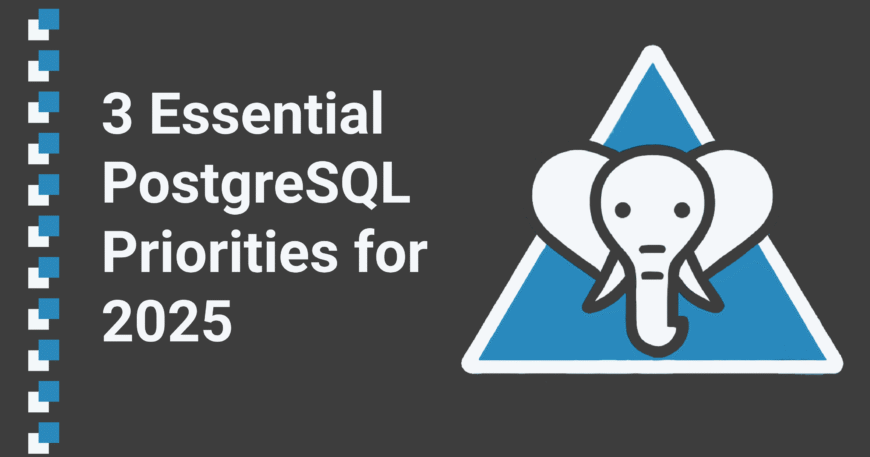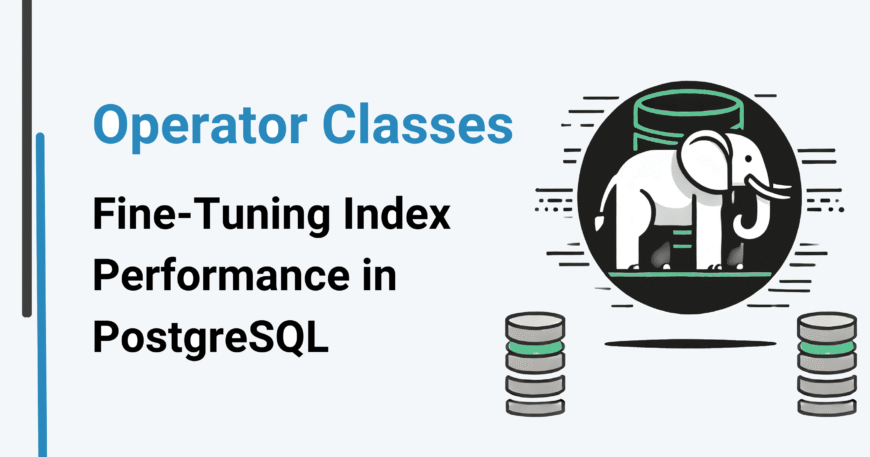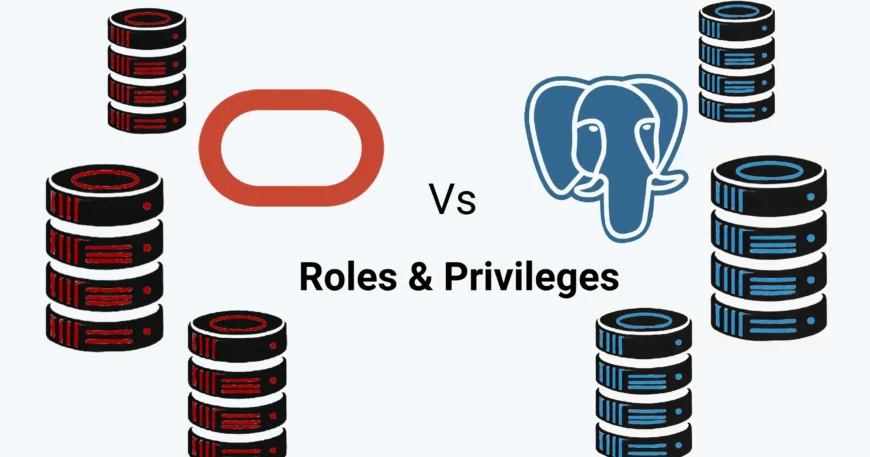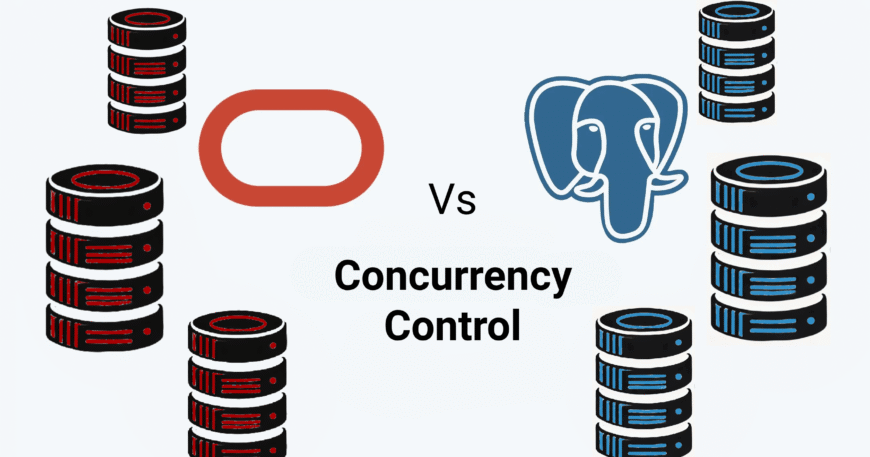Leveraging autovacuum in PostgreSQL to optimize performance and reduce costs
Autovacuum is one of PostgreSQL's most powerful features, designed to maintain database health and optimize performance by automating routine maintenance tasks. However, improper configuration can lead to performance bottlenecks, excessive costs due to resource inefficiency, or uncontrolled table bloat. This blog explores what autovacuum is, its role in performance optimization and cost reduction, and best practices for configuring its parameters.
What is Autovacuum?
Autovacuum is a background process in PostgreSQL responsible for maintaining table health by performing two critical tasks:
1. Vacuuming
- Removes dead tuples (rows that have been updated or deleted but are no longer visible).
- Frees up space for reuse to prevent table bloat and reduce storage costs.
2. Analyzing
- Updates table statistics used by the query planner to optimize execution plans, improving query performance.
Without autovacuum, dead tuples can accumulate, leading to:
- Table Bloat: Increased disk usage drives up storage costs and slows query performance.
- Transaction ID Wraparound: A situation that forces the system to go into ‘safe mode’, blocking non-superuser transactions to protect data integrity. This can render the database unusable if not addressed, causing downtime and increased operational costs.
By automating these tasks, autovacuum ensures consistent database performance and minimizes unnecessary costs.

